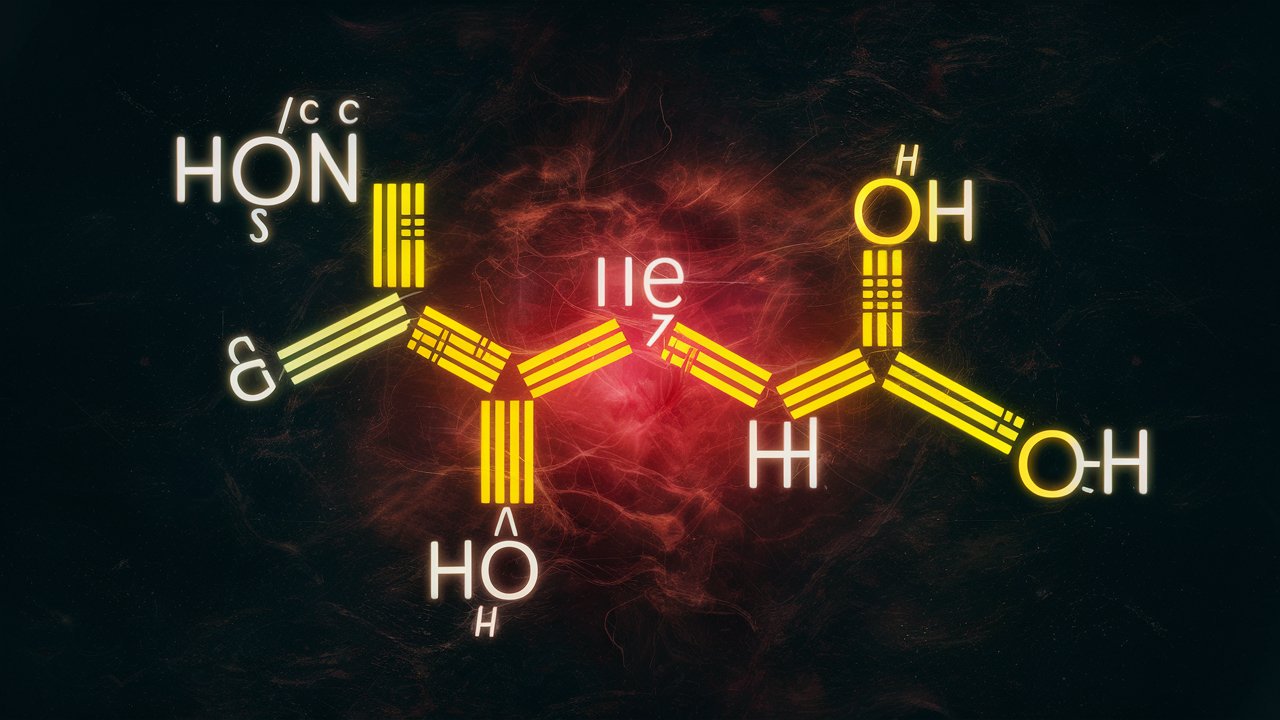
n-Tetradecane might sound like a mouthful, but it's a fascinating compound with many uses. This hydrocarbon, part of the alkane family, is composed of 14 carbon atoms and 30 hydrogen atoms. Why should you care about n-Tetradecane? It's found in everything from jet fuel to insect pheromones. Its properties make it valuable in various industries, including cosmetics and pharmaceuticals. Understanding n-Tetradecane can help you appreciate the science behind everyday products. Ready to learn more? Here are 20 intriguing facts about this versatile compound that might surprise you.
What is n-Tetradecane?
n-Tetradecane is a hydrocarbon with a straight-chain structure. It belongs to the alkane family, which consists of carbon and hydrogen atoms. This compound is often used in various industrial applications due to its unique properties.
-
Chemical Formula: The chemical formula for n-Tetradecane is C14H30. This means it has 14 carbon atoms and 30 hydrogen atoms.
-
Molecular Weight: The molecular weight of n-Tetradecane is approximately 198.39 g/mol. This weight is calculated based on the atomic weights of carbon and hydrogen.
-
Boiling Point: n-Tetradecane has a boiling point of around 253°C (487°F). This high boiling point makes it useful in high-temperature applications.
-
Melting Point: The melting point of n-Tetradecane is about 5.9°C (42.6°F). This relatively low melting point allows it to be a liquid at room temperature in many climates.
Physical Properties of n-Tetradecane
Understanding the physical properties of n-Tetradecane helps in determining its suitability for various uses. These properties include its state, color, and solubility.
-
State at Room Temperature: n-Tetradecane is a liquid at room temperature. This makes it easy to handle and use in liquid form.
-
Color: It is typically colorless. The absence of color indicates its purity and suitability for specific applications.
-
Odor: n-Tetradecane has a mild, gasoline-like odor. This characteristic smell is common among alkanes.
-
Density: The density of n-Tetradecane is about 0.76 g/cm³ at 20°C. This relatively low density is typical for hydrocarbons.
Uses of n-Tetradecane
n-Tetradecane is employed in various industries due to its chemical stability and physical properties. Here are some of its common uses.
-
Solvent: It is used as a solvent in chemical reactions. Its ability to dissolve other substances makes it valuable in laboratories.
-
Lubricant: n-Tetradecane serves as a lubricant in machinery. Its low viscosity reduces friction between moving parts.
-
Fuel Additive: It is added to fuels to improve combustion efficiency. This helps in reducing emissions and enhancing engine performance.
-
Standard in Gas Chromatography: n-Tetradecane is used as a standard in gas chromatography. This technique helps in identifying and quantifying compounds in a mixture.
Environmental Impact of n-Tetradecane
The environmental impact of n-Tetradecane is an important consideration. Its effects on the environment depend on how it is used and disposed of.
-
Biodegradability: n-Tetradecane is biodegradable. Microorganisms can break it down, reducing its environmental footprint.
-
Toxicity: It is considered to have low toxicity. This makes it safer for use in various applications compared to more hazardous chemicals.
-
Volatility: n-Tetradecane has low volatility. This means it does not easily evaporate into the atmosphere, reducing air pollution.
Safety and Handling of n-Tetradecane
Proper safety and handling procedures are crucial when working with n-Tetradecane. This ensures the safety of individuals and the environment.
-
Storage: n-Tetradecane should be stored in a cool, well-ventilated area. This prevents it from reaching high temperatures that could lead to combustion.
-
Personal Protective Equipment (PPE): When handling n-Tetradecane, wearing gloves and goggles is recommended. This protects the skin and eyes from potential irritation.
-
Spill Response: In case of a spill, n-Tetradecane should be contained and cleaned up immediately. Using absorbent materials can help in managing spills effectively.
-
Fire Hazard: n-Tetradecane is flammable. Keeping it away from open flames and high heat sources is essential to prevent fires.
Interesting Facts about n-Tetradecane
Here are some intriguing facts that highlight the unique aspects of n-Tetradecane.
- Natural Occurrence: n-Tetradecane is found in crude oil. It is one of the many hydrocarbons present in this natural resource.
The Final Word on n-Tetradecane
n-Tetradecane, a hydrocarbon with 14 carbon atoms, plays a crucial role in various industries. It's a key component in jet fuel, lubricants, and even in the production of detergents. This compound, found naturally in crude oil, is also synthesized for specific uses. Its properties, like a high boiling point and low reactivity, make it valuable in many applications. Understanding n-Tetradecane helps us appreciate its importance in everyday products and industrial processes. Whether it's powering aircraft or ensuring machinery runs smoothly, this hydrocarbon is indispensable. Knowing these facts can give you a better grasp of the chemical world around us. So next time you hear about hydrocarbons, remember n-Tetradecane and its significant contributions.
Was this page helpful?
Our commitment to delivering trustworthy and engaging content is at the heart of what we do. Each fact on our site is contributed by real users like you, bringing a wealth of diverse insights and information. To ensure the highest standards of accuracy and reliability, our dedicated editors meticulously review each submission. This process guarantees that the facts we share are not only fascinating but also credible. Trust in our commitment to quality and authenticity as you explore and learn with us.


